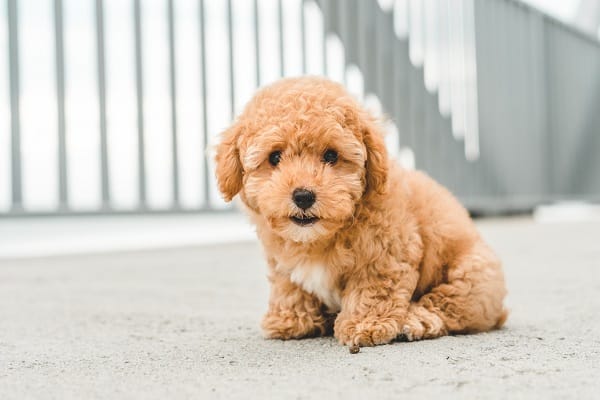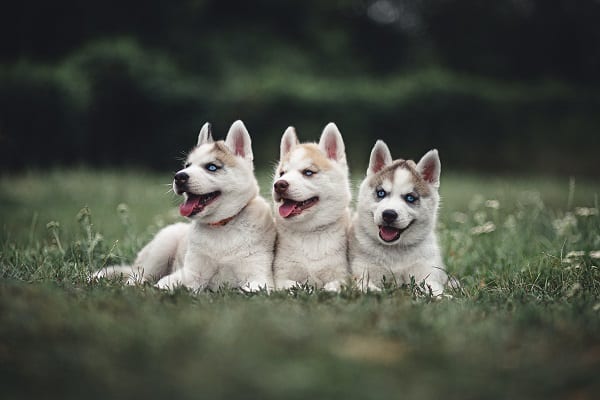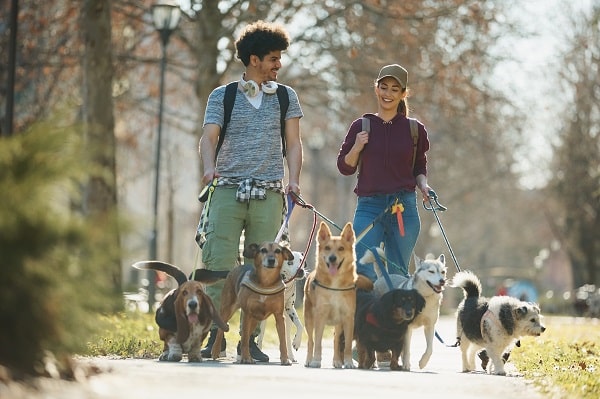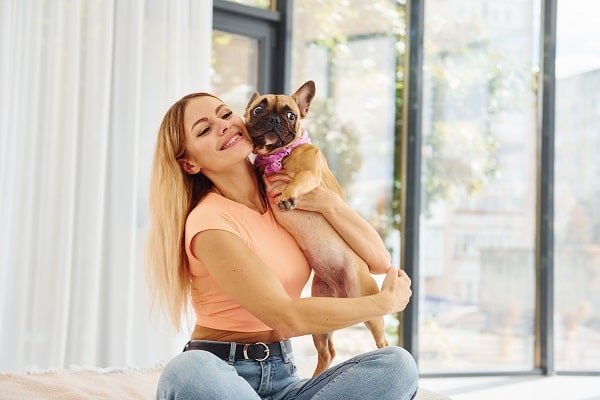Training a pup is enriching, but it isn’t always easy. Guiding your furry friend to becoming a well-behaved, obedient four-legged family member can be one of the most challenging aspects of dog ownership – yet, it’s also one of the most important! With dedication, consistency, and commitment from you as their pet parent: teaching your proper pooch behavior, basic commands, and socialization skills can help them to become the best pup they can be. Read on for some of the top tips for training your pup!
Contents
Understanding Your Puppy’s Behavioral Traits

Before starting any training, it’s essential to understand your puppy’s behavior and individual personality traits. Different breeds and individual dogs have varying temperaments and energy levels, so it’s crucial to tailor your training approach to meet your pup’s specific needs.
Observing your puppy’s behavior, including their body language, can provide valuable insight into how they feel and help you respond appropriately. Understanding your puppy’s behavior will also help you avoid reinforcing negative behaviors and encourage positive ones.
Tips For Training Your Pup
While it probably won’t happen overnight, you can help your pup become a well-behaved family member with the proper guidance. Here are some essential tips for developing successful training techniques with your four-legged companion:
Consistency Is Key

Consistency is crucial when training your pup; it helps them understand what is expected of them and build good habits. This means using the same commands, rewards, and corrections every time you train and being consistent in your daily interactions with your pup. Consistency also means setting clear boundaries and rules for your pup and consistently enforcing them, even when it’s inconvenient or challenging.
It’s essential to be consistent with your pup and all members of your household. Everyone should use the same commands, rewards, and corrections to avoid confusing the pup. Establishing a consistent routine for your pup is also essential, including regular meal times, potty breaks, and playtime. This helps your pup feel secure and reinforces good behavior.
Positive Reinforcement

Positive reinforcement is a highly effective method of training a puppy and helps to build a strong, positive relationship between you and your furry friend. The basic idea behind positive reinforcement is to reward your pup for good behavior and consistently correct problem behaviors without punishment or physical force. This approach has proven to be more effective and less stressful for you and your pup than traditional training methods.
Using treats, praise, and affection as rewards for good behavior will help reinforce the desired actions and encourage your pup to repeat them. Remember that it is essential to reward your pup immediately after the desired behavior has occurred, as this will help strengthen the association between the behavior and the reward. It’s also important to vary the rewards to keep your pup motivated and engaged.
Socialization

Socialization is vital to your pup’s development and helps them become confident well-adjusted dogs. This involves exposing your pup to various people, animals, and environments in a positive and controlled way. Socialization should start at a young age, when your pup is most receptive to new experiences, and continue throughout their life.
It’s essential to take a gradual approach to socialization, starting with short, low-stress exposures and gradually increasing the difficulty as your pup becomes more confident. Exposing your pup to new experiences and environments, like parks, pet stores, and public transportation, will help them become comfortable and confident in various situations.
House Training

House training your pup is another fundamental step in helping them become a well-behaved member of your household. The key to successfully establishing a consistent routine, including regular potty breaks and feeding times. During potty breaks, using a specific command, like “go potty,” every time you take your pup outside will help them associate the command with the action of elimination.
Furthermore, consistently taking your pup to the same spot to go potty will also help them develop good habits. And if your pup does have an accident inside, it’s essential to clean it thoroughly to remove any lingering odor that could attract your pup back to the same spot.
Basic Commands

Teaching your pup basic commands such as “sit,” “stay,” and “come” is an essential part of training and can improve communication and obedience between you and your pup. It’s important to use positive reinforcement when training basic commands and to keep training sessions short and fun.
Start with simple commands and gradually increase the difficulty as your pup becomes more comfortable and confident. Consistent and repetitive training will help your pup learn and remember basic commands more quickly.
Leash Training

Leash training is an essential aspect of training your pup, especially if you plan on taking them on walks or trips to the park. Leash training can be challenging, but your pup will learn to walk on a leash without pulling with patience and consistency. Start with short walks and gradually increase the length of the walks as your pup becomes more comfortable.
Consistently correcting pulling behavior and rewarding good behavior will help your pup learn to walk on a loose leash. It’s also important to use a comfortable and appropriate leash and collar for your pup’s size and breed.
Problem Behaviors

Dogs will inevitably exhibit problem behaviors at some point, but it’s important to address them quickly and effectively to prevent them from becoming habits. Common problem behaviors in pups include chewing, barking, jumping, and digging.
Understanding the root cause of the behavior, such as boredom or separation anxiety, can help you tailor your approach to correcting the behavior. Consistently correcting problem behaviors and rewarding good behavior will help your pup learn what is and isn’t acceptable.
Training In Public

Training in public is a great way to help your pup become comfortable and confident in new environments. It also allows you to practice and reinforce basic commands and problem behaviors in real-world situations. Public training should start with short, low-distraction trips and gradually increase in difficulty as your pup becomes more confident and comfortable.
It’s essential to remain calm and patient during public training and to reward your pup for good behavior, even when distractions surround them. Start by visiting quiet, low-distraction areas like local parks or quiet neighborhoods. Gradually increase the difficulty by visiting more crowded areas, like shopping centers or busy streets, when your pup is ready.
Enjoy The Journey Of Training Your Pup!
Training your pup is integral to pet ownership and can help build a strong bond between you and your pup. Consistency, patience, and positive reinforcement are key in training your pup. Taking the time to properly train your pup will ensure they grow up to be well-adjusted and obedient adult dogs that you can trust! And if you are struggling with training, don’t hesitate to seek help from a professional dog trainer. They can provide invaluable advice and help you achieve your pup’s best with the right tools and methods.


